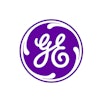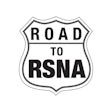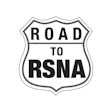Dear AuntMinnie Member,
VIENNA - The European Congress of Radiology drew to a close today in an unseasonably balmy Vienna after five days of presentations on the latest research being conducted in Europe.
This year's sessions ran the gamut, with coronary CT being a major focus of a number of talks. Other highlights included papers on the safety of MRI contrast agents, as well as looming European Union rules that could hamstring MRI studies on the Continent.
In one study from Austrian researchers, 64-slice coronary CT angiography (CCTA) demonstrated good performance in finding heart disease in patients with intermediate Framingham risk scores. What's more, CCTA could even save money due to its ability to rule out invasive -- and expensive -- conventional angiography. Read more by clicking here.
Contrast reactions were also a hot topic in Vienna. Scottish researchers presented their work on a study that tried to get more details on a mysterious disease -- nephrogenic systemic fibrosis (NSF) -- that has been linked to gadolinium MRI contrast administration in patients with renal insufficiency. One of the major questions has been whether the disease is the result of a class effect or whether it's linked to a specific formulation of gadolinium -- click here for more details.
In related MRI news, the usually reserved European medical societies are up in arms over European Union rules set to go into effect in 2008 that set limits on how much radiofrequency exposure workers can receive. Many believe the rules could place severe restrictions on both MRI research and certain types of studies that require workers to enter the imaging suite during scanning. Click here for more information.
Other stories we've covered this week include a prototype breast CT scanner, how hospitals can improve patient safety, and PET/CT for lung cancer.















